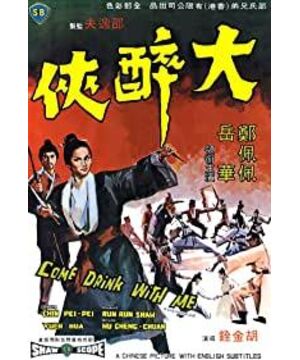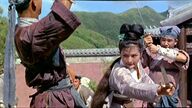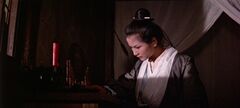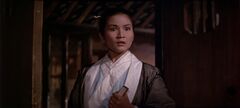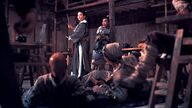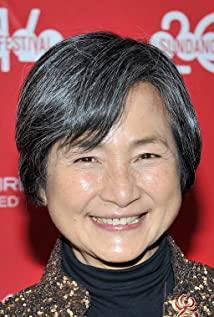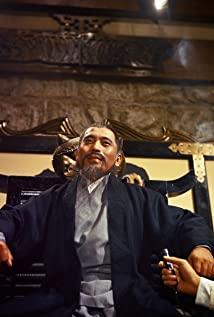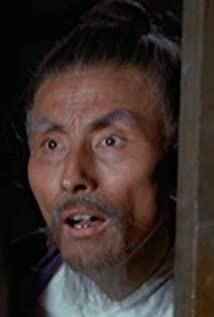After all, the drunk man has the brand of the era, and it also ended in that era. But it brings us some of the thrill of watching martial arts and opens the martial arts movie mode. Although its storyline is very old, I can guess the next step or ending when I see every part of it or the outline of the story, but it still gave me a lot of pleasure.
The tavern fighting, the novel or exciting setting, was also carefully designed by the director, and it was very good. So that in later martial arts or action films, there must be a tavern fight scene. This is because wine and martial arts in Chinese culture are actually inseparable from chivalry. Wine makes chivalry, and chivalrous people also need wine. The hero wants to show his demeanor and life philosophy in the tavern, so this is a necessary scene.
I won't say much about the story here, after all, it is a product of that era.
About sects, Confucianism, Buddhism and Taoism, it has always been the content of martial arts movies. It is an indispensable element of martial arts movies. Without these, it wouldn't be a martial arts movie. Like "Crouching Tiger, Hidden Dragon" is a very representative movie, covering too many elements of the rivers and lakes: Taoist practice, sectarian battles, etc.
Here's one more sentence of "Crouching Tiger, Hidden Dragon", which shows that Ang Lee has indeed watched a lot of martial arts movies and done a lot of research. Like Michelle Yeoh and Zhang Ziyi flying around on the roof, it's a reference to the Drunk Man and Jin Yanzi flying on the roof in "The Drunk Man".
To sum up, Hu Jinquan is also a master of martial arts movies.
View more about Come Drink with Me reviews


